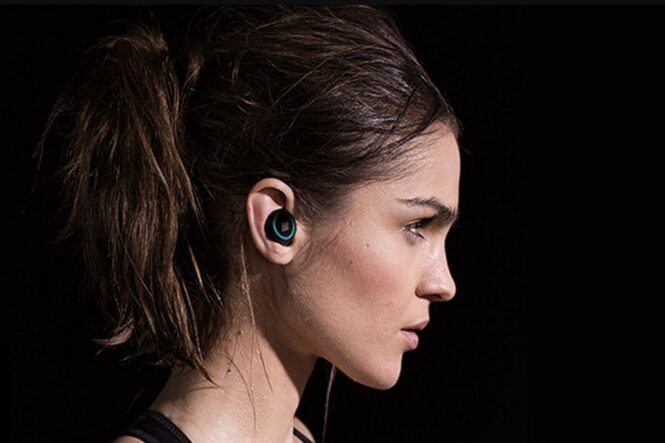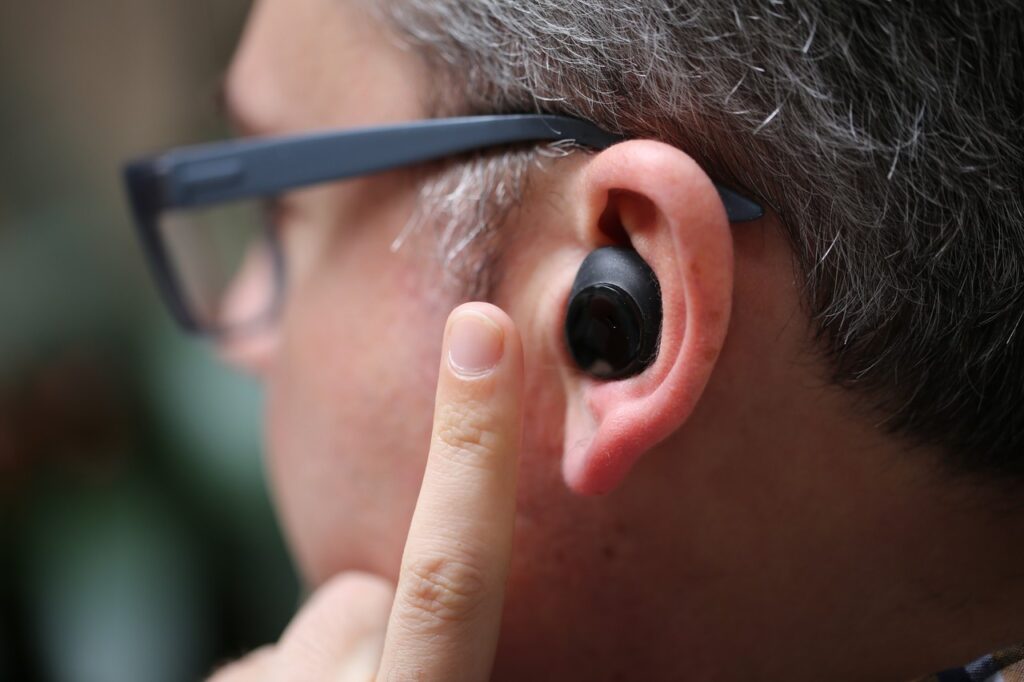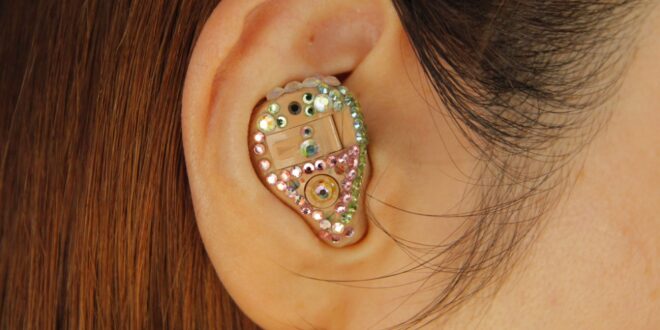Hearables are part of the latest technologies fitted with artificial intelligence, incorporating microphones and speakers. The devices can be worn daily and are internet-enabled, which allows you to connect them to other devices. They are an upgrade of the hearing aid devices that exist in the market today.
Still, technology companies believe that the incorporation of AI will take over as the future of hearing enhancements. Hearables are not just headsets, headphones, or earplugs. They are more of a personal assistant, and you can use them to talk to friends, amplify music or even schedule a reminder.
Hearables have been built with AI technology; thus, they offer greater uses than ordinary hearing aid devices or headsets. IEEE Spectrum has provided an in-depth outline of some examples of how hearables can be used to monitor your brain and body to augment your life. For example, you can use them to establish your physiological condition or use their knowledge and skill level to learn a new language. There are advanced talks on whether they can be deployed in schools since they have educational and technological capacity.
There are 4 main components to the hearable device; the microphone, the sound processor, the speaker and the battery. The microphone collects acoustic sounds and converts them into an electronic signal. Moreover, the sound processor takes the analog signal from the microphone and changes it to a digital output. The speaker is also referred to as the receiver and is the part that creates the sound wave for your ear. The fourth component is the battery, which is the most important part, the power source allows the device to work, with a long battery life hearable becoming a reality. For example, Olive Union’s Olive Smart Ear provides the user with 18+ hours of usage. Many companies are working on solutions for the device to work for a full day, using better battery technology.
Diverse Uses

In the education sector, hearables can assist lecturers in teaching more efficiently since students can record some notes and listen later for better understanding.
Moreover, they don’t have to attend lectures in person. Hearables with AI have a higher level of intelligence that can translate content into many languages, and you could take up a course in a foreign language.
AI has been modified to identify unique abilities and traits among individuals and support adaptive learning. This was an inevitable change through Artificial Intelligence. While traditional education has proved to be challenging for older adults, hearables will go a long way to help individuals identify the educational needs of all ages. Therefore, instructors can present relevant and relatable content.

These devices also come in handy in day-to-day activities. For example, you can use them to control household devices using voice commands like turning off the oven or opening automatic doors. They can also be used to monitor users’ health and wellness. AI-enabled hearables have the biometric ability to measure fitness and health variables. The ear is an ideal location for monitoring the brain, speech, and head movement. The hearing devices also have sensors that can help monitor heart activity and pulse rate.
Thanks to driving technologies such as AI, machine learning, and Big Data, hearables developers have integrated voice analytics. This has made the devices applicable in diverse sectors, including government defense agencies, security firms, health institutions, and marketing.
Earbuds and earphones equipped with voice commands and voice-to-text features are entering the consumer market. These hearables come with their own local storage, sensors, CPU, and WiFi connection. As the market continues to expand, we can expect smarter and more capable virtual assistants who will assist people with all of their daily needs.
The Future of Hearable Tech

The future of hearables is as open as the future of technology itself. The sound quality has improved throughout the decades, and headphones have become less cumbersome as technology advances. Headsets have also improved social experiences like online gaming. Video gaming competitions have become easier where players can easily communicate with their teams, enhancing the esports experience.
Playing live casino games has been fun, but these hearables will make the experience even more immersive. For South African players, the gambling sites at Casinos.co.za offer numerous live games, including baccarat and poker. These casinos offer incredible bonuses such as welcome bonuses and deposit bonuses, and high-quality live streams. This allows you to clearly follow the gameplay and interact with the live dealers and other live players.
With tech-power houses such as Apple, Amazon, Google, and Microsoft, it is possible that in the future, we will have hearables devices that utilize voice assistants such as Siri and Alexa. The integration of virtual and other types of augmented reality is also another possibility. The size of hearable tech may change, and they may become incredibly tiny, and there might be a personalized option. We could ultimately have assistants helping with our listening and can also provide better organisation in our day-to-day lives.
There are countless benefits to hearable tech, but as we are still in the early phases the cost for the devices can be relatively high. On the other hand, the figure is substantially lower than that of today’s hearing aids, with the average price being over $2k.
Typically the cost of the device ranges from $200 – $500 and are made by some reputable companies like BOSE, Nuheara, Alango and of course Apple to name just a few.
The future looks rosy, providing great benefits to users of hearable tech. Furthermore, you can connect your Smartphone to set up your preferences, giving an even better experience.
Whether hearable tech becomes normal, only time will tell. However, there are some major benefits to the idea. Airpods have become the defacto standard for wireless earphones, is hearable tech just the next step in evolution of audio technology?
 Imagup General Magazine 2024
Imagup General Magazine 2024



